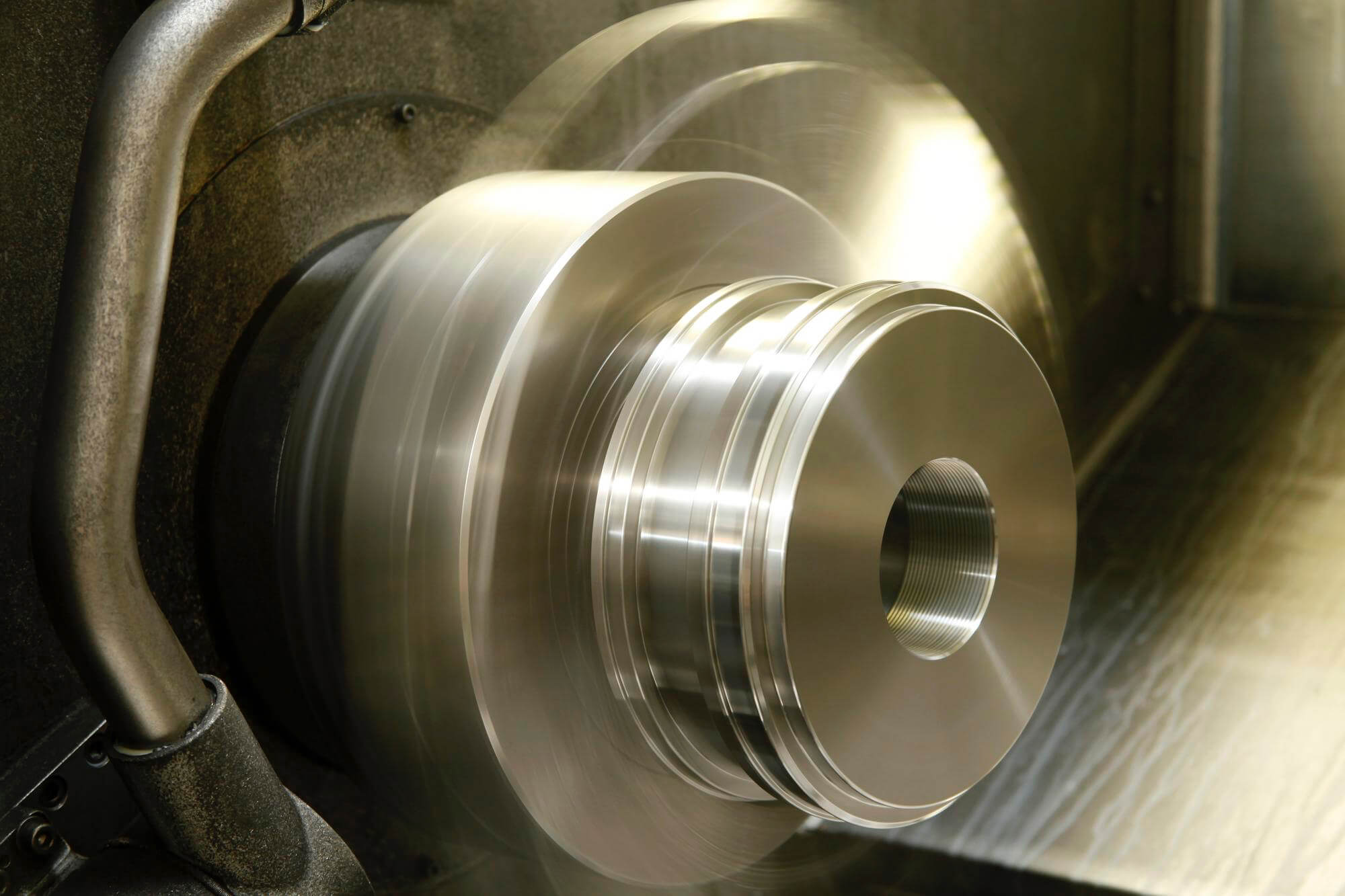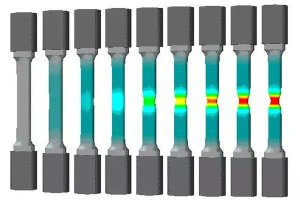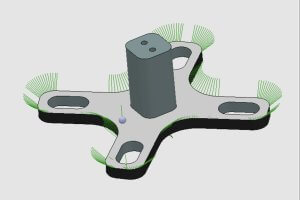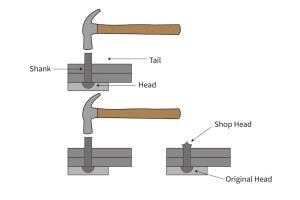Cut-off operations on a CNC lathe are common and essential for many manufacturing processes. This task typically involves separating a completed part from a bar of material using a cut-off tool. The cut-off process requires careful planning and precision to ensure the quality of the final product and prevent damage. Here, we will explore the steps involved, the tools used, and the best practices to master CNC machining parts cut-off operations.
The Importance of Cut-Off Operations
Cut-off operations are crucial in the manufacturing process as they are the final step in transforming raw material into a finished product. The primary goal is to separate the finished part from the bar stock accurately, ensuring that the part is free from defects and ready for subsequent processes, such as assembly or packaging.
Tools Used in Cut-Off Operations
Cut-off tools, also known as parting tools, are specifically designed for this purpose. They are typically mounted on a specialized tool holder and can be made from various materials, including carbide and high-speed steel. These tools must have sufficient length to reach the spindle center while maintaining rigidity to avoid vibration and potential tool breakage.
Types of Cut-Off Tools
Cut-off tools come in various shapes and sizes. The most common types include:
- Straight Cut-Off Blades: These are used for general-purpose cutting and are suitable for a wide range of materials.
- T-Shaped Cut-Off Blades: These provide additional support to the blade and are used for deeper cuts.
- Insert Cut-Off Tools: These feature replaceable inserts, which are cost-effective and convenient for frequent tool changes.
Tool Selection
Choosing the right cut-off tool depends on several factors, including the material of the workpiece, the diameter of the bar stock, and the required surface finish. For example, a narrower tool is preferred for smaller diameters to minimize material waste, while a wider tool might be necessary for larger diameters to ensure stability.
Programming the Cut-Off Path
Programming the cut-off path involves several steps similar to those used in grooving operations. However, cut-off operations have unique considerations since the goal is to completely separate the part from the bar stock.
Steps in Programming Cut-Off Operations
- Tool Path Planning: Define the path that the cut-off tool will take to separate the part. This includes the approach, the cut itself, and the retraction of the tool.
- Feed Rate and Speed: Set appropriate feed rates and spindle speeds to ensure a clean cut without excessive tool wear.
- Coolant Application: Ensure proper application of coolant to reduce heat and extend tool life.
Example Program
Here is an example of a CNC program for a cut-off operation:
G50 S1250 T0800 M42 ; Set spindle speed and select tool
G96 S350 M03 ; Start spindle with constant surface speed
G00 X2.65 Z-2.015 T0808 M08 ; Rapid move to start position with coolant on
G01 X-0.03 F0.004 ; Cut off the part
G00 X2.65 M09 ; Retract tool and turn off coolant
G00 X5.5 Z2.0 T0800 ; Move to safe position
M30 ; End programManaging Chip Control and Coolant
Proper chip control and coolant application are vital to a successful cut-off operation. Chips should be directed away from the cutting zone to prevent them from getting between the tool and the workpiece, which can cause tool breakage or poor surface finish.
Coolant Tips
- High-Pressure Coolant: Use high-pressure coolant to ensure chips are flushed away from the cut.
- Coolant Mixture: Use a mixture of oil and water, typically at a ratio of 1:15 to 1:20, for effective cooling and lubrication.
Safety and Best Practices
Safety is paramount in cut-off operations. Always follow these best practices to ensure a safe and efficient process:
- Secure Workpiece: Ensure the bar stock is securely clamped to prevent movement during the cut.
- Tool Inspection: Regularly inspect cut-off tools for wear and replace them as necessary.
- Monitor Coolant Levels: Keep an eye on coolant levels and ensure the coolant system is functioning correctly.
- Proper Setup: Make sure the tool is set up correctly in the tool holder, with the right protrusion to minimize vibration.
Advanced Techniques: Chamfering with Cut-Off Tools
In some cases, it may be necessary to chamfer the edges of the part while performing the cut-off operation. This can improve the part’s finish and make it easier to handle. Here’s an example of how to program a chamfer using a cut-off tool:
Chamfer Example Program
G50 S1250 T0800 M42 ; Set spindle speed and select tool
G96 S350 M03 ; Start spindle with constant surface speed
G00 X2.65 Z-2.015 T0808 M08 ; Rapid move to start position with coolant on
G01 X2.2 F0.004 ; Cut initial groove
G01 X2.46 F0.03 ; Move to chamfer position
G01 Z-1.95 ; Perform chamfer
G01 X2.36 Z-2.0 F0.002 ; Finish chamfer
G01 X-0.03 F0.004 ; Cut off the part
G00 X2.65 M09 ; Retract tool and turn off coolant
G00 X5.5 Z2.0 T0800 ; Move to safe position
M30 ; End programIn this program, the cut-off tool is used to create a chamfer before completing the cut-off operation, ensuring a clean and professional finish.
Mastering CNC machining parts cut-off operations involves understanding the tools, programming steps, and best practices to ensure high-quality results. By carefully selecting the right tools, planning the tool path, and maintaining proper coolant and chip control, you can achieve precise and efficient cut-off operations. Following these guidelines will help you produce parts with excellent finish and accuracy, ready for the next steps in your manufacturing process.
Other Articles You Might Enjoy
- Rapid Prototyping with CNC Machining: High-Quality Stainless Steel Parts
Rapid Prototyping with CNC Machining: High-Quality Stainless Steel Parts In the vast realm of manufacturing, Rapid prototyping and CNC machining are integral strategies that largely contribute to efficient production processes.…
- Face Milling Essentials for CNC Machining Parts
Face milling is an essential operation in CNC machining, aimed at controlling the height of the workpiece and ensuring a smooth surface finish. This process often uses multi-tooth cutters, known…
- Nickel vs. Cobalt Alloys in High-Temperature CNC Machining: A Detailed Analysis?
Nickel and Cobalt Alloys in High-Temperature CNC Machining Both Nickel and Cobalt alloys play an essential role in high-temperature CNC machining. These metal alloys are popular choices due to their…
- Mastering Thread Tapping in CNC Machining Parts
Thread tapping is one of the most common hole machining operations on CNC machining centers, right after drilling. Due to its widespread application in many milling operations, most control systems…
- Techniques and Optimization of Reaming Operations in CNC Machining Parts
Introduction Reaming might not be the most glamorous topic in the world of CNC machining, but it’s an essential process that can make or break the quality of your parts.…
- Requirements for CNC Machining Parts
Preparation Work Complete the necessary preparation before machining, including process analysis, process route design, tool and fixture selection, and program compilation. online cnc machining service Operating Steps and Contents Start…









